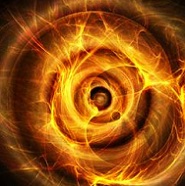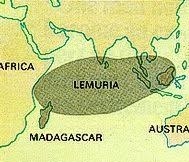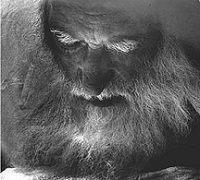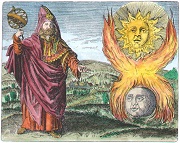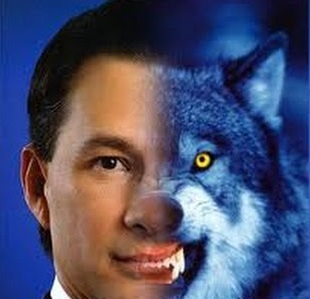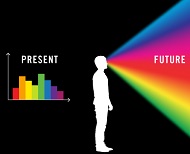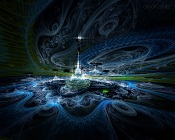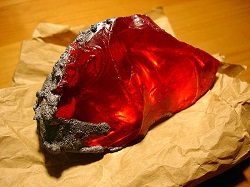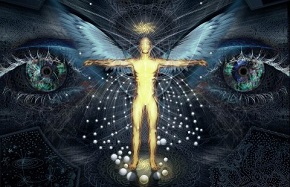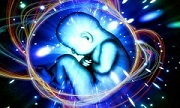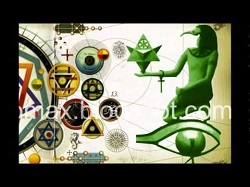The Early Universe (http//:home.web.cern.ch/about/physics/early-universe)
All matter in the universe was formed in one explosive event 13.7 billion years ago – the big bang.
In 1929 the American astronomer Edwin Hubble discovered that the distances to far-away galaxies were proportional to their redshifts. Redshift occurs when a light source moves away from its observer: the light's apparent wavelength is stretched via the Doppler effect towards the red part of the spectrum. Hubble’s observation implied that distant galaxies were moving away from us, as the furthest galaxies had the fastest apparent velocities. If galaxies are moving away from us, reasoned Hubble, then at some time in the past, they must have been clustered close together.
Hubble’s discovery was the first observational support for Georges LeMaître’s big bang theory of the universe, proposed in 1927. LeMaître proposed that the universe expanded explosively from an extremely dense and hot state, and continues to expand today. Subsequent calculations have dated this big bang to approximately 13.7 billion years ago. In 1998 two teams of astronomers working independently at Berkeley, California observed that supernovae – exploding stars – were moving away from Earth at an accelerating rate. This earned them the Nobel prize in physics in 2011. Physicists had assumed that more matter in the universe would slow its rate of expansion; gravity would eventually cause the universe to fall back on its centre. Though the big bang theory cannot describe what the conditions were at the very beginning of the universe, it can help physicists describe the earliest moments after the start of the expansion.
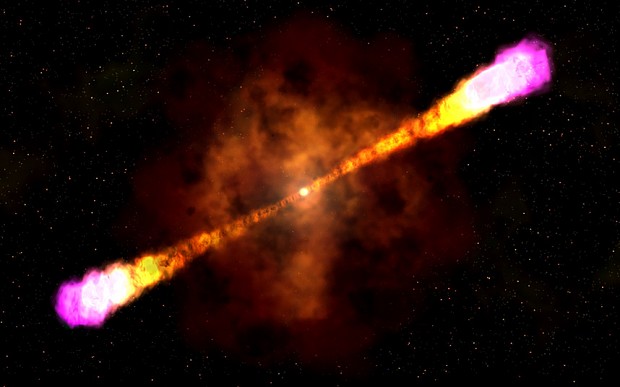
Origins.
In the first moments after the big bang, the universe was extremely hot and dense. As the universe cooled, conditions became just right to give rise to the building blocks of matter – the quarks and electrons of which we are all made. A few millionths of a second later, quarks aggregated to produce protons and neutrons. Within minutes, these protons and neutrons combined into nuclei. As the universe continued to expand and cool, things began to happen more slowly. It took 380,000 years for electrons to be trapped in orbits around nuclei, forming the first atoms. These were mainly helium and hydrogen, which are still by far the most abundant elements in the universe. 1.6 million years later, gravity began to form stars and galaxies from clouds of gas. Heavier atoms such as carbon, oxygen and iron, have since been continuously produced in the hearts of stars and catapulted throughout the universe in spectacular stellar explosions called supernovae.
But stars and galaxies do not tell the whole story. Astronomical and physical calculations suggest that the visible universe is only a tiny amount (4%) of what the universe is actually made of. A very large fraction of the universe, in fact 26%, is made of an unknown type of matter called “dark matter”. Unlike stars and galaxies, dark matter does not emit any light or electromagnetic radiation of any kind, so that we can detect it only through its gravitational effects.
An even more mysterious form of energy called “dark energy” accounts for about 70% of the mass-energy content of the universe. Even less is known about it than dark matter. This idea stems from the observation that all galaxies seems to be receding from each other at an accelerating pace, implying that some invisible extra energy is at work.
Dark matter
Invisible dark matter makes up most of the universe – but we can only detect it from its gravitational effects.
Galaxies in our universe seem to be achieving an impossible feat. They are rotating with such speed that the gravity generated by their observable matter could not possibly hold them together; they should have torn themselves apart long ago. The same is true of galaxies in clusters, which leads scientists to believe that something we cannot see is at work. They think something we have yet to detect directly is giving these galaxies extra mass, generating the extra gravity they need to stay intact. This strange and unknown matter was called “dark matter” since it is not visible.
Unlike normal matter, dark matter does not interact with the electromagnetic force. This means it does not absorb, reflect or emit light, making it extremely hard to spot. In fact, researchers have been able to infer the existence of dark matter only from the gravitational effect it seems to have on visible matter. Dark matter seems to outweigh visible matter roughly six to one, making up about 26% of all the matter in the universe. Here's a sobering fact: The matter we know and that makes up all stars and galaxies only accounts for 4% of the content of the universe! But what is dark matter? One idea is that it could contain "supersymmetric particles" – hypothesized particles that are partners to those already known in the Standard Model. Experiments at the Large Hadron Collider (LHC) may provide more direct clues about dark matter.
Many theories say the dark matter particles would be light enough to be produced at the LHC. If they were created at the LHC, they would escape through the detectors unnoticed. However, they would carry away energy and momentum, so physicists could infer their existence from the amount of energy and momentum “missing” after a collision. Dark matter candidates arise frequently in theories that suggest physics beyond the Standard Model, such as supersymmetry and extra dimensions. One theory suggests the existence of a “Hidden Valley”, a parallel world made of dark matter having very little in common with matter we know. If one of these theories proved to be true, it could help scientists gain a better understanding of the composition of our universe and, in particular, how galaxies hold together.
Dark energy
Dark energy makes up approximately 70% of the universe and appears to be associated with the vacuum in space. It is distributed evenly throughout the universe, not only in space but also in time – in other words, its effect is not diluted as the universe expands. The even distribution means that dark energy does not have any local gravitational effects, but rather a global effect on the universe as a whole. This leads to a repulsive force, which tends to accelerate the expansion of the universe. The rate of expansion and its acceleration can be measured by observations based on the Hubble law. These measurements, together with other scientific data, have confirmed the existence of dark energy and provide an estimate of just how much of this mysterious substance exists.
Go to Lecture 6: "Had you ever thought that our Universe is moving?"
Let´s receive love and peace from all of us.
Reading Support:




